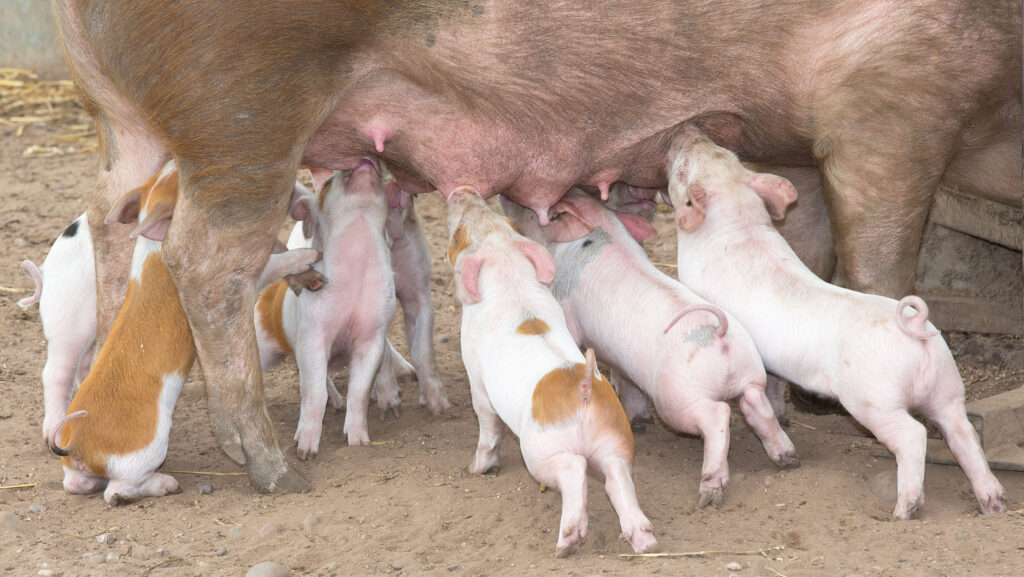Global pig herd set to grow as producer margins improve
 © Tim Scrivener
© Tim Scrivener Global pork production is set for a modest increase in 2025 of roughly 1%, with sow herds expanding in China, Mexico, and Brazil, but contracting in the US and EU.
Lower production costs, in particular lower feed costs, have helped to improve margins, according to Rabobank’s global outlook, which has added some more confidence to the sector and encouraged growth.
Chenjun Pan, senior analyst at Rabobank said: “Lower feed costs and enhanced productivity have made pork more competitive, a trend likely to continue in 2025.
“Pork is well-positioned due to its reasonable pricing and availability, especially as beef prices remain high and poultry demand strong.”
See also: Finished pig prices fall to almost £2/kg as numbers increase
The report found that pork remains at a considerable discount to other proteins, which should help to maintain demand throughout 2025.
Global pork trade has been fairly muted in the last year with fewer exports going to China, trade volumes are forecast to remain stable although potential tariffs could hinder future trade flows.
“High tariffs on imports from China, Mexico, and Canada may lead to retaliatory measures affecting agricultural goods, including pork,” said Ms Pan.
The prevalence of African swine fever in Europe and a recent case of foot-and-mouth in Germany has also impacted trade flows.
Rabobank analysts suggested greater supplies of pigs in Europe have put downwards pressure on finished pig prices.
UK market
Margins for GB pig producers have tightened in recent months as finished prices ease and costs creep up on farm.
The EU-spec standard pig price (SPP) lifted tentatively to 203p/kg deadweight in the week to 8 February, down by 8p/kg on the same week last year.
The full economic cost of production for the final quarter of 2024 was estimated by the AHDB at 197p/kg deadweight, up by 7p/kg on the previous quarter.
This indicates a margin per slaughter pig of £10.31/head and 11.5p/kg deadweight.
Analysts say feed and energy costs were both higher but lower fuel costs and interest rates helped to offset some of this increase.
